Gymwarehouse Blog: Managing Diet When Working Out At Home
Any fitness expert worth their salt will tell you that a workout depends just as much on your diet as it does on your squat technique. The fact is, no matter how carefully you plan your macros, switching up your workout by doing it in your living room instead of the gym will surely change things up.
No matter how effective your home workout is—and if you’re using one of our top home workouts, it should be quite fantastic—advice from the opposite side of the situation is always useful. In order to ensure that you may modify your food plan to meet your new exercise program while you are sequestered, we decided to ask some specialists how to do it.
S-5000 Spin Bike HERE
Variety
They say to ensure that you have a healthy variety of foods in your fridge so that you can truly make the best decisions for yourself. Since everyone is working from home now, many of us actually have more control over our nutrition than ever before.
Go with eggs, spinach, and avocado for breakfast to give you a lean start to the day. For a meal? Sardines served with a large salad of greens, peppers, spring onions, and beetroot. any vegetables you like, actually. Then, try having a small amount of Greek yoghurt with some fruit an hour before working out: an apple, some berries, or two to three dates. Have a post-exercise supper after your workout.
Suggestion
We suggest baking chicken thighs in a tray with tomatoes, sweet potatoes, rosemary, and thyme. You may also want to look at our vegan meal preparation instructions if you’re a vegan.
All of this may seem difficult to muster. After all, you’re at home, in a place that isn’t being changed, and there are less distractions around, so it can be difficult to avoid thinking exclusively about what’s in the kitchen. Because of this, it’s crucial to concentrate on stocking your home with more healthy options than unhealthy ones and maintaining a routine.
In light of this, we advise making sure your daily routine is healthy to prevent poor eating habits brought on by lack of sleep or dehydration. If you don’t want to count calories, continue to make sure you feel sufficiently satisfied after each meal. Eat when you are hungry, not when you think you have to – listen to your body more carefully. Additionally, plan your meals using the “protein first” approach because it promotes better satiety, takes longer to digest, and is less caloric than fat. Prioritise protein, next concentrate on produce and entire grains, before finishing with healthy fats.
Try This Salad Recipe
Salad of roasted carrots and lentils, recipe one
This salad serves as a foundation for other seasonal vegetables, nuts, and even fruits, making it the ideal lunch even when the air is still chilly.
Ingredients
- Carrots, 450g
- Puy lentils, 100g
- 1/3 cup coconut oil
- White balsamic vinegar, 1 tablespoon
- a few coriander leaves
Preparation
Set the oven to 220C for heating. The lentils should be rinsed before boiling, gently simmering for about 20 minutes, draining, and setting aside.
Cut the carrots into pieces that are about three centimeters long and medium in thickness. In a skillet, warm the coconut oil, then pour it over the carrots, making sure to coat them well. Place the mixture in an oven-safe dish, then top with a dash of salt and chopped coriander stalks. Roast carrots in the oven for about 30 minutes, or until they start to soften.
Breakfast
- Have a nutritious breakfast.
Get up early enough to finish breakfast at least an hour before working out if you exercise in the morning. Be well-fueled before an exercise. According to studies, consuming carbohydrates before working out might enhance exercise performance and may even enable you to go out for longer or more intensely. When you exercise, you could feel lethargic or dizzy if you don’t eat.
Eat a light breakfast or sip on something like a sports drink if you intend to workout within an hour after eating. For the most energy, concentrate on carbohydrates.
Among the top breakfast choices are:
- bread or whole-grain cereal
- reduced-fat milk
- Juice
- an orange
- Yogurt
- Be mindful of portion sizes
When it comes to how much food you eat before working out, be careful not to overdo it. The broad recommendations recommend:
hefty dinners. Eat these at least three or four hours before working out.
snacks or small meals. Eat these between one and three hours before working out.
You might feel lethargic if you overeat before working out. You might not have enough energy to feel strong throughout your workout if you eat too little.
- Drink a healthily Smoothie
The majority of people are able to take a little snack before and during exercise. Your feelings are crucial. Follow your best judgment. If your workout is less than 60 minutes, snacks consumed right before exercise are unlikely to provide you with more energy, but they may help you avoid disorienting hunger sensations. You might benefit from consuming a carbohydrate-rich food or beverage during an exercise that lasts longer than 60 minutes. Some tasty snack choices are:
- a power bar
- Apple, banana, or another type of fresh fruit
- Yogurt
- a smoothie with fruit
- a bagel with healthy grains or crackers
- a granola bar low in fat
- One with peanut butter
- diluted juice or sports drink
Post Workout Feed
If you can, eat a meal with both carbs and protein within two hours after your workout to aid in your muscles’ recovery and replacement of their glycogen stores. If your supper won’t be for another two hours, think about having a snack. Following a workout, it’s a good idea to eat:
- Juice and fruit
- Sandwich with peanut butter
- Milk with less fat, chocolate, and pretzels
- recovery smoothie after exercise
- turkey sandwich with vegetables on whole-grain bread
 Irish Owned
Irish Owned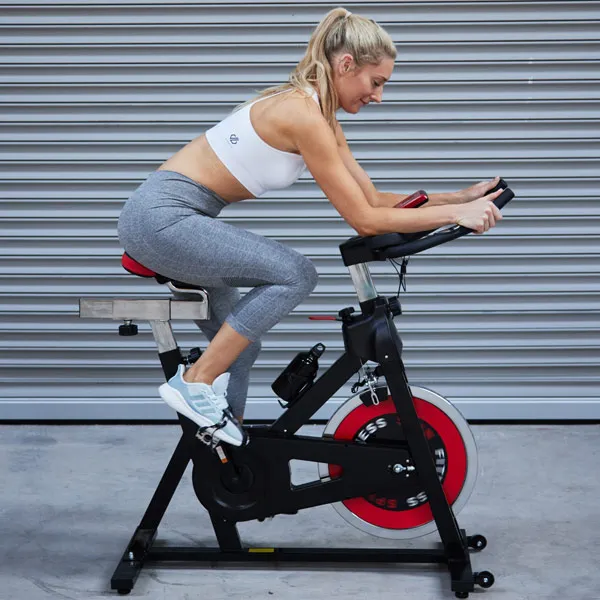
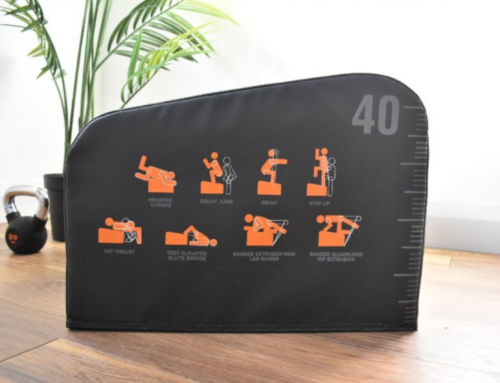
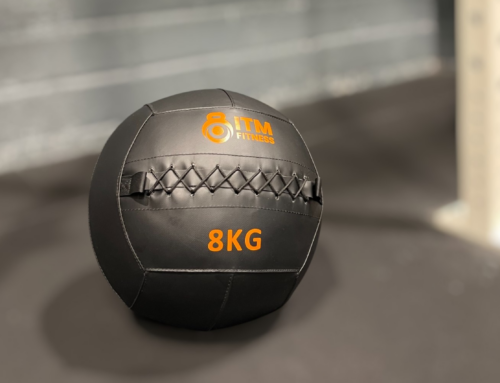
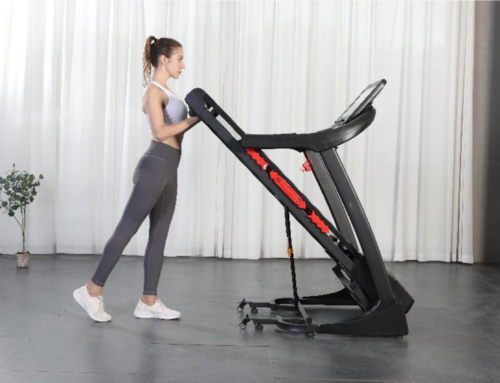
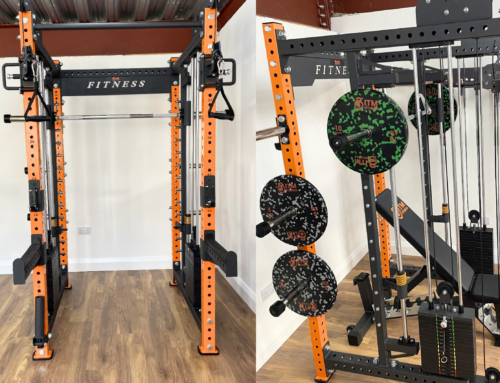

Leave A Comment